|
Dr. Voss, Courtney Klepac, Maureen Williams, Michael Studivan, Alycia Shatters, and Jeff Beal (FWC) all recently trekked up I-95 to the 43rd Annual Benthic Ecology Meeting in Jacksonville, Florida at the University of North Florida. Josh moderated the Reef Ecology session and presented on the St. Lucie Reef project and his slides can be viewed here or below by clicking read more. Courtney gave a great talk on the exciting next gen sequencing results from St Lucie Reef Symbiodinium samples (slides here or below). Maureen wowed the crowd with her presentation on the Flower Garden Banks habitat and coral characterization project (slides here or below). Mike stepped up to replace a last minute cancellation and got excellent feedback and support for his upcoming coral reciprocal transplant experiments, (slides here or below). Our fun photos from the trip can be seen here. Many thanks to UNF for organizing the meeting; we all had a great time with friends and colleagues! Join us at BEM 2015 in Quebec!
We’re done!
On Monday (3/10), we surveyed a reef site just south of Raph’s Wall, designated SR 168. We brought our data logger cinderblocks along, hoping that the site would be suitable for the transplant experiment. It has a similar wall as Raph’s, but this site has a wide sand channel and a gently sloping reef crest and flat from 60 feet to 30 feet by the anchoring point. This provides a beautiful, lazy swim back to the boat, with plenty of reef to look at while off gassing. We were able to sample 15 shallow colonies at SR 168 with no issues. Yesterday, we returned to Tobacco Cay to resample the five colonies with missing original samples. After doing so, both of us tried our hand at the island’s lionfish spears. However, the point was too dull, so it often bounced off the lionfish to no effect. I'm sure we gave several of them migraines at least. Fortunately, we did not go hungry that night, as Martha made us a delicious dinner as always! Today is our last day on the island, so we’re packing up our gear and samples for the trip home. It’s been a great week to be at CBC, especially given the tremendous help and support from the station managers, Jerry and Sandy, and the cook, Martha (the latter two are also great artists). We’ve accomplished all that we came here to do, and look forward to future collaborations and research at this station, both for my dissertation and future Voss lab projects. Everyone in science knows that things inevitably go wrong in the field. Zip ties break, samples are lost, camera straps fail. But only in marine science, do these things happen all at once in the last five minutes of a dive.
To clarify, we lost five samples due to a zip tie malfunction, which was only noticed back on the boat during sample processing. Fortunately, we have all the colonies tagged and mapped so that we should be able to find them again on Tuesday. Also, during our safety stop, the camera strap snapped and was only rescued by a deft grab by Josh. However, things weren't all bad: we placed the second logger around 50 feet, saw a turtle, had a very curious HUGE lionfish follow us (I'll be back for him on Tuesday), and had a desperate remora (/shark sucker) try to make us home during the safety stop. For tomorrow, we're headed back south again past Raph's Wall in search of the last transplant site. Given that our time here is short, we have been ramping up reef surveys, logger placement, and coral sampling over the past two days. Yesterday (3/8), checked on the deep logger at Raph's Wall before placing the next one around 50 feet. We then started sampling corals for both gene expression and genotyping analyses for when we get back home. We sampled 15 shallow (50 feet) colonies at this site, 5 for downward transplantation in June, 5 as manipulated controls, and 5 as unmanipulated controls. When we come back in a few months, we will have to find an additional 15 colonies between 130-150 feet.
Today, we explored a reef to the north of CBC known as Tobacco Reef. We have already deployed the deep logger and marked 15 colonies for sampling this afternoon. After today, I will have two of my three sites ready for June. We did see a lot of lionfish at Tobacco, so I will be carrying a spear with us on these next dives. The CBC cook, Martha, is making coconut pie, and I think it will go nicely with some lionfish for dinner. :) Since the internet has been not working well over the past couple of days, I will most likely be unable to post more than a couple pictures a day. We are lucky it's working right now for me to post this. We started the day fabricating HOBO logger bases out of cinderblocks, egg crates, and a whole lot of zip ties. In order to prevent the loggers from sliding around, we repurposed an old set of dive booties for the neoprene. It’s great to be able to scrounge around for research supplies, and we are confident that the loggers will stay in one place.
At the same time, the Al Jazeera crew was interviewing us about our loggers, research goals, and the availability of our data to other researchers. We then had a tour of undergrads from Loyola College in Chicago ask questions about my dissertation project at CBC. Given that my initial interest in marine biology came from a similar personal encounter, I appreciate the importance of outreach and hope to return the favor to a new researcher in the field. We then conducted one dive to 130ft at a site known as Raph’s Wall to survey M. cavernosa abundance and deploy the first deep loggers. This reef was incredible! There was a straight drop-off from the crest at 60 feet down to about 170-180 feet, with my species found at both depths! This will definitely be one of my transplant sites. Tomorrow we are returning to Raph's wall to check on the loggers and to sample my species for some preliminary genotyping and gene expression analyses. I will be putting up some more photos on the lab Flickr tonight, but low internet bandwidth will prevent me from uploading all the reef photos until we get back to the States.
Note: For photos from the trip, check out our Flickr. All Belize posts are from Michael Studivan We completed two research dives today, as a check of our gear configuration and familiarity of diving conditions around the island. Our main objective was to locate suitable M. cavernosa colonies for my future reciprocal transplant experiment. We anchored the boat in the sand channel between the inner and outer reef crests at both sites. On our first dive at the outer reef, we dove to 130ft and surveyed the abundance and size of any colonies of interest. For the second site, we stayed >80ft on the inner edge of the outer reef crest. In this one area we have surveyed, we have found several smaller (<10cm) columnar colonies of M. cavernosa, with a few between 10-20cm. Interestingly, a fair amount of colonies are a bright orange color, indicating that they have a resident nitrogen-fixing cyanobacteria. We do see these types of colonies in South Florida, but in much lower abundance. Overall, this species seems a lot less abundant below 100ft at the sites we dove today.
As far as my research goes, these particular two sites are not promising for a reciprocal transplant, but we anticipate going to a further south site tomorrow morning for our first deep dive. Additionally, we will be designing temperature/light data logger apparatuses tomorrow for installation at mesophotic and shallow depths. Fortunately, there are some leftover reef cores available at the research station that should be perfect for a long-term presence on the reef. Regardless of whether or not CBC is a good site for my particular research, this research station would allow for many future research projects. We have seen a high abundance of agaricid corals, including members of about six species. There are still unresolved taxonomic questions for this genus, making it an attractive research venture for future Voss lab students. So, to all those potential students out there reading this, we have found a site for you! The setup of the island and resources available (SCUBA, boats, not to mention the food) make this an ideal location for laid-back, but intense scientific research. There aren’t too many distractions here on the island besides the isolation and sheer beauty of the environment, so we can easily focus on our research goals. We currently have a film crew from Al Jazeera doing a piece on "oceans in crisis." They are interested in asking us about the work we’re doing here. It’s an interesting, albeit completely new, experience for me (not for Josh), but I hope will be rewarding nonetheless. My main question is, if they’re filming you while there’s nothing to do, should you look stoically into the horizon, or pretend to do some important task? So far, I have not decided, but getting filmed fighting to get into my wet wetsuit is not the most attractive. :) Hopefully tomorrow will bring some additional data with plenty of M. cavernosa colonies for my future experiment. In other news, we have seen a fair amount of macro marine life, including spotted eagle rays, nurse sharks (one of whom likes coffee grounds??), black tip reef sharks, and turtles. Once again, here’s hoping to see a whale shark! Note: For photos from the trip, check out our Flickr. All Belize posts are from Michael Studivan
Here, we plan to deploy HOBO temperature/light loggers at two depths, film/photograph shallow and mesophotic M. cavernosa colonies, and potentially take some fragment and mucus samples for analyses once back at HBOI.
All in all, this has been a relatively easy process so far and we are greatly looking forward to starting some research tomorrow…or hanging out in the many hammocks on the island. Either works. Check back soon for more updates as we get some dives under our belts. Here’s hoping to see a whale shark (there have been some sightings recently).
a 30-150ft depth gradient on the barrier reef structure for future use in a reciprocal transplant experiment. Michael’s dissertation research will involve a three year transplant experiment to assess how M. cavernosa modifies their skeletal morphology and gene expression following an artificial change in depth. This research will allow the Voss lab to begin to understand the mechanisms behind coral adaptation to mesophotic vs shallow conditions. This upcoming trip will start a long series of collaborations with the Smithsonian and Carrie Bow.
|
Archives
June 2024
|
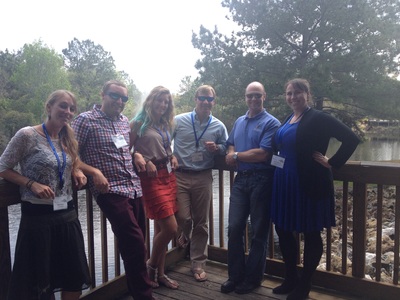
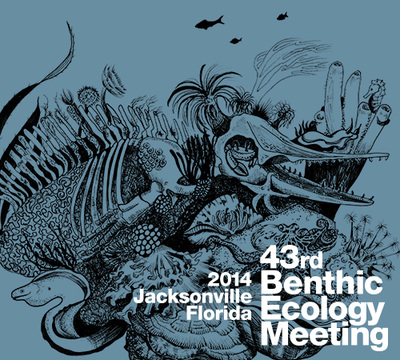
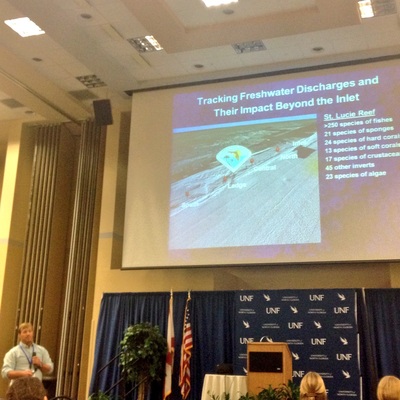
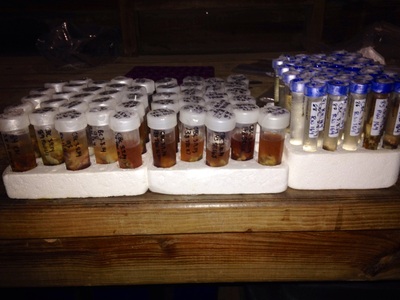
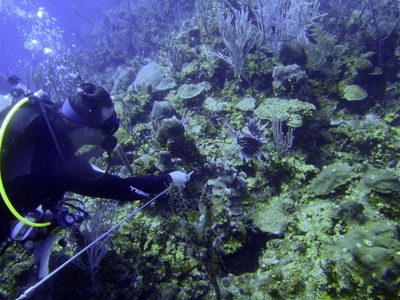
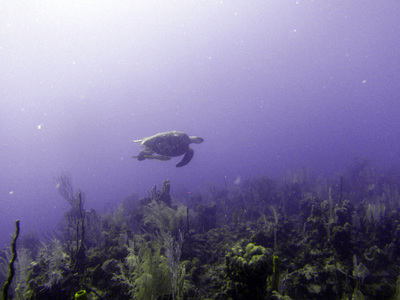
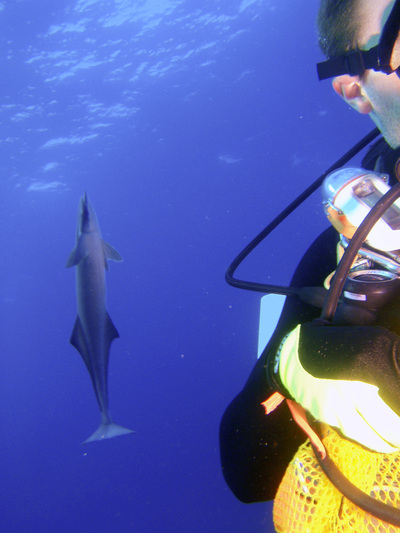
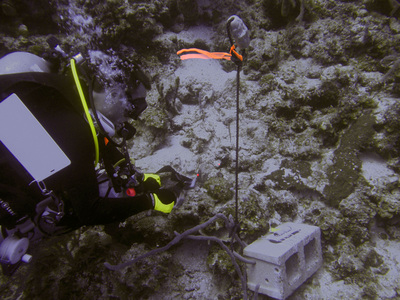
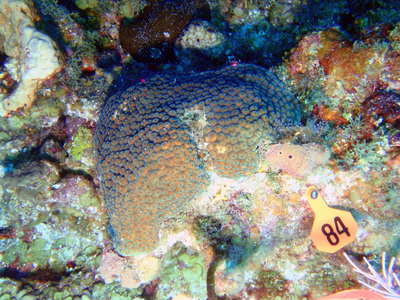
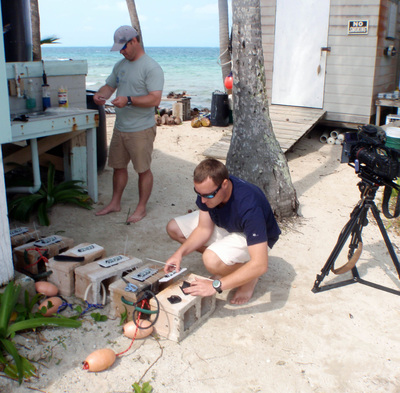
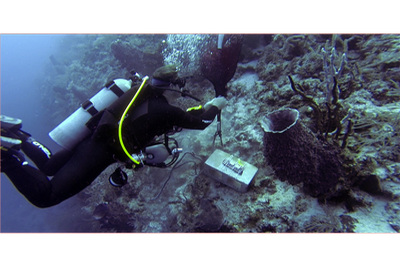
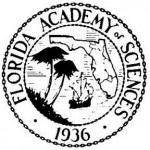
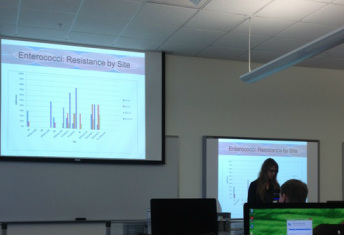
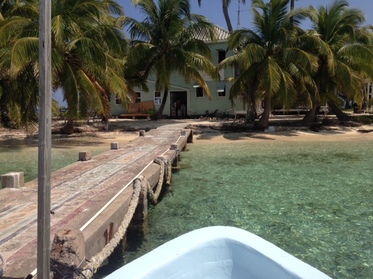
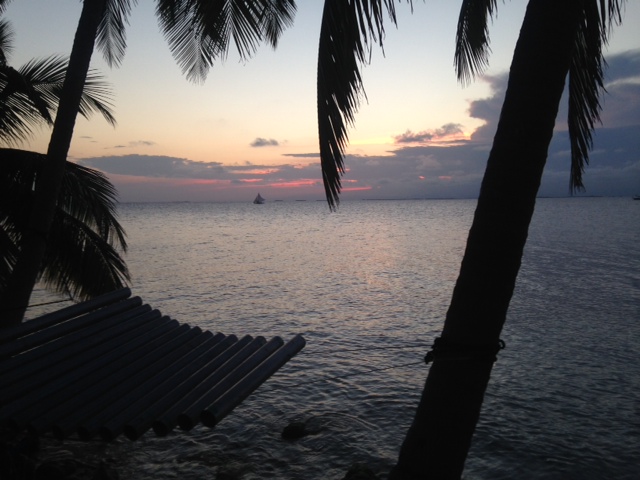
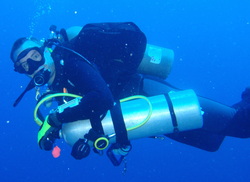
 RSS Feed
RSS Feed
